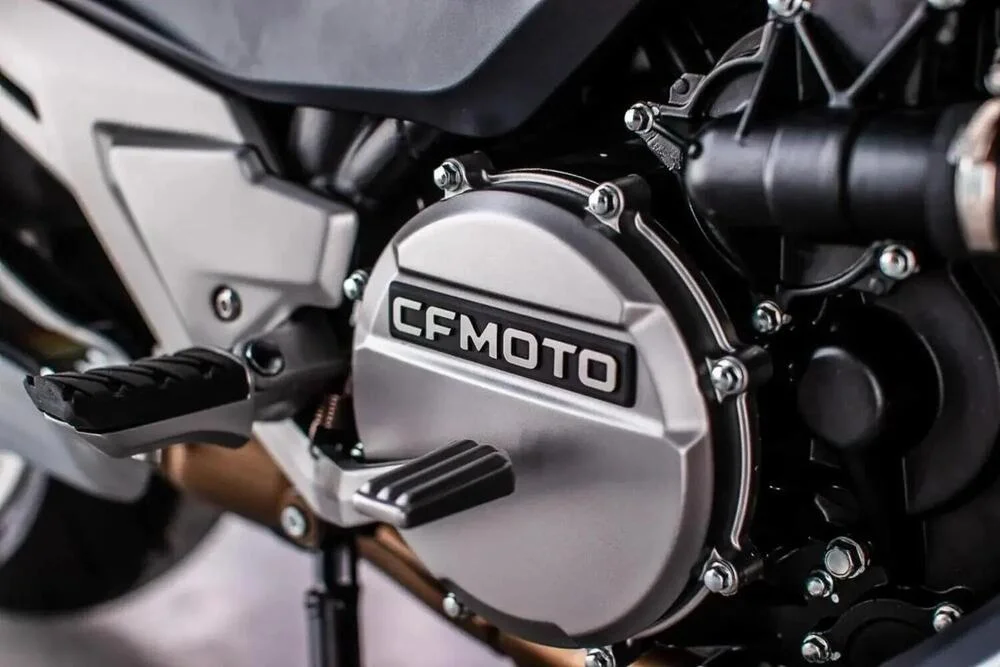There is no doubt that electronically controlled suspensions are one of the technological developments applied to the frame that have almost revolutionized the sector and contributed to increasing the safety and riding pleasure of motorcycles. Their operation is fairly simple in its architecture, but not so much in its realization, which both on the software and hardware side has some critical points that require careful development phases. In short, the adjustment of the hydraulic system (and sometimes also the preload) changes constantly according to the conditions of the road surface, thanks to coils or other types of actuators that provide very short reaction times (even in the order of a few milliseconds) to vary the hydraulic braking or adjustment as soon as the sensors communicate that the riding conditions and the road surface have changed.
To do this, maximum use is made of the data from the inertial platforms and other sensors that read the movement of the suspension, the speed of the wheels, the degree of opening of the throttle valve, etc. Based on these parameters and according to defined operating logics, the suspension settings are adjusted “in real time” while the bike is in motion.
Those who have been lucky enough to try out these devices will agree that they are an undeniable step forward in every respect, and the fact that these solutions are becoming increasingly “democratized” (at EICMA 2023, simplified systems suitable for small motorcycles, for example, were seen) proves this once again.

Following on from this technology, CFMOTO has patented a solution that adjusts the suspension response also – presumably – through the data that a camera on the front of the bike communicates to the control unit. In a sense, this would almost give a “predictive” function to the suspension, which could stiffen or soften in response to potholes or depressions, even before they come into contact with the wheels, because they are “detected” by the camera which, perhaps shared with the on-board camera system or combined with a radar to manage other driving aids, would be added to the sensors that allow the management algorithm to take the appropriate actions to guarantee perfect road holding and superior comfort. This is not new technology in the absolute sense, as systems conceptually similar to the one proposed by CFMOTO have already been introduced in the automotive sector for a number of years.
The patent, discovered by our colleagues at Cycleworld, dates back to 2022, but has only just appeared on the web and shows a CFMOTO 1250 TR-G equipped with these devices. It’s not surprising, after all, that the bike used to show the patent was the Chinese GT (not imported into Europe, but reserved for the Chinese domestic market, although just over a year ago it was exhibited at the Lyon Motor Show to test the public’s approval) equipped with a 1.279 cc twin-cylinder engine derived from the well-known LC. 279 cc twin-cylinder engine derived from the well-known LC-Series LC-Series. 279 cc derived from the well-known LC8c from KTM, of which CFMOTO is an industrial partner: power is a good 140 hp at 8,500 rpm and maximum torque 120 Nm at 7,000 rpm, the brakes are Brembo radial calipers and the suspensions are Marzocchi and Sachs. Solutions like this patent are well suited to tourers like the 1250 TR-G, both for reasons of weight and cost and for space to accommodate all the necessary devices.







